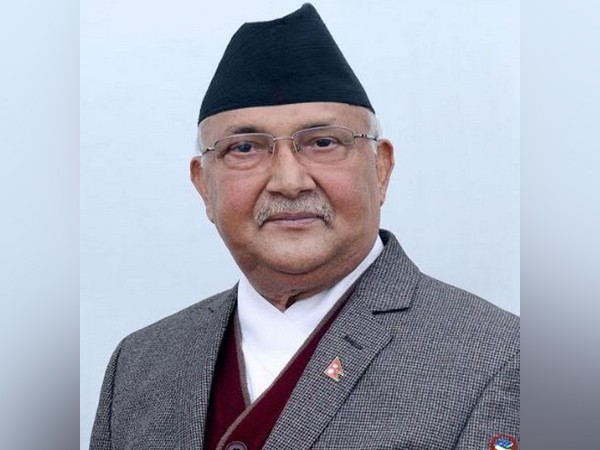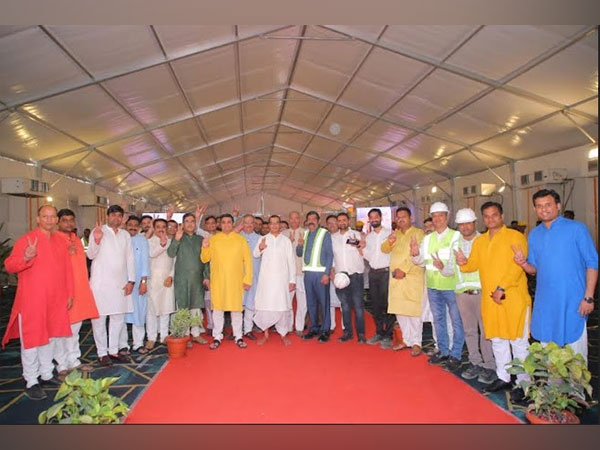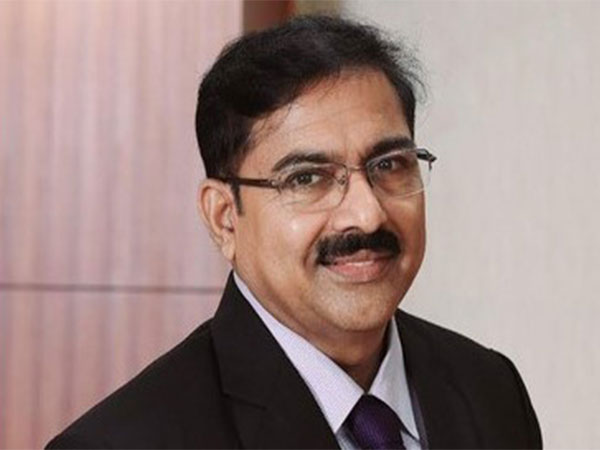
Nepal aims to export power after inaugurating largest power project
Jul 06, 2021
Kathmandu (Nepal), July 6: Nepali Prime Minister KP Sharma Oli Monday inaugurated the Upper Tamakoshi hydropower project, the country's largest with an installed capacity of 456MW, which is expected to make Nepal a power exporter in the wet season.
Oli "switched on" the button through a video conference after the electricity generated by one of the six turbines of the project was evacuated to the national grid.
"Once power is generated from all turbines, the country will have surplus energy making the country capable of exporting electricity," said Hitendra Dev Shakya, managing director of the Nepal Electricity Authority (NEA).
"The completion of the Upper Tamakoshi project has provided an opportunity for Nepal to export power in addition to local consumption, which is a great achievement," Oli said during the inauguration. "Now we have to increase the use of electricity in our kitchen, nationwide electrification, industrial use, education so that we can promote green development of the country."
The project on Tamakoshi River in Dolakha district in central Nepal, approximately 200 km from the capital of Kathmandu, is one of the country's National Pride Projects.
Between 2007 and 2017, Nepal went through a massive power outage with load shedding extending up to 18 hours per day. In May 2018, the NEA officially announced the end of load shedding in the country through better management of available power and by importing more power from India.
Nepal's peak demand of power was 1400 MW, while the installed capacity of power projects was 1369 MW during the first half of the current 2020-21 fiscal year that ends in mid-July, said Madan Timsina, the NEA's spokesman.
So the country has to import power from India to fill in the gap.
Kul Man Ghising, former NEA managing director under whose leadership the load shedding ended, told Xinhua that the government was asked to take concrete measures to export power to India to ensure the surplus power not to be wasted.
"Nepal can trade the power in Indian power exchange market," he said.
Ghising also spoke of the need for promoting the use of electricity in kitchen and other sectors.
The Upper Tamakoshi hydropower project started in 2011 and was supposed to complete in six years, yet change in the design of the main tunnel, earthquake in 2015, India's trade blockade in the same year and a lockdown imposed to contain the COVID-19 have all contributed to the delay and cost overrun of the project.
Initially, the project was expected to cost 409 million U.S. dollars including the interest to be paid to creditors, now the estimated final cost has reached around 709 million U.S. dollars, according to the NEA.
Irrespective of the growing cost, Nepali Energy Minister Bishnu Paudel said the project would contribute around 1 percent to the country's GDP.
Source: Xinhua









